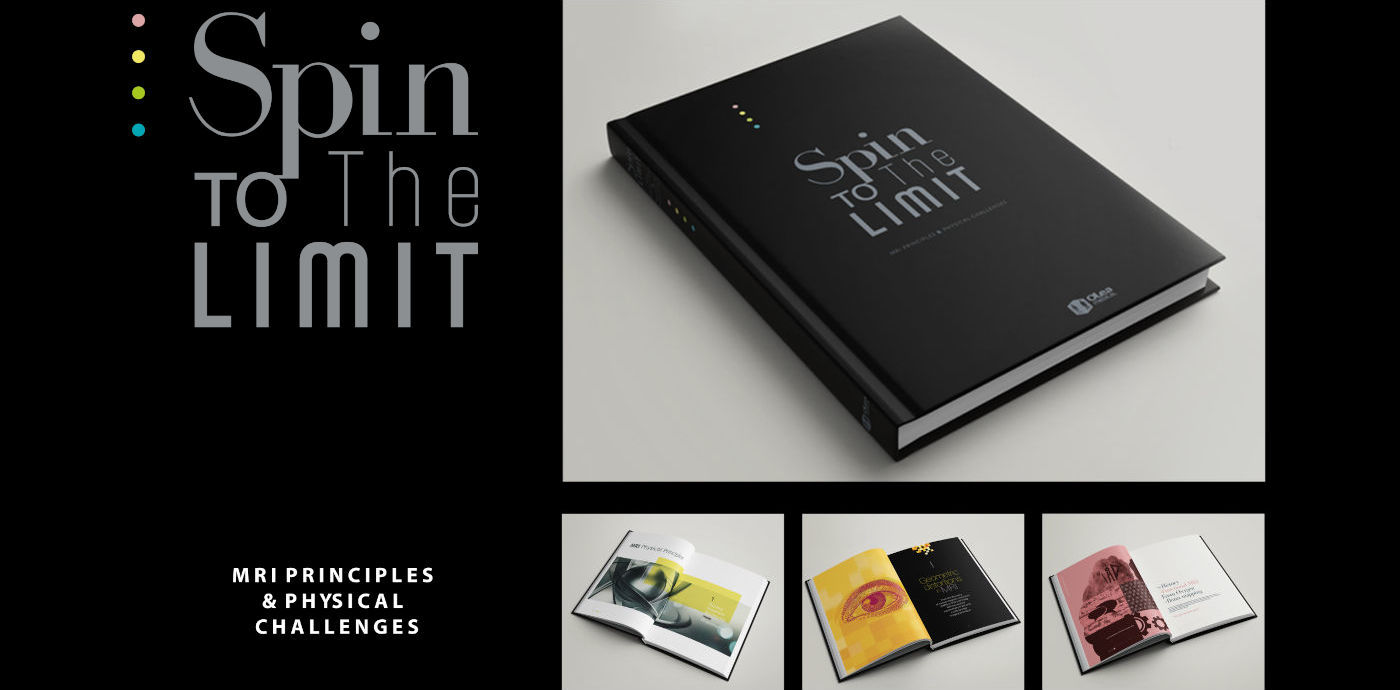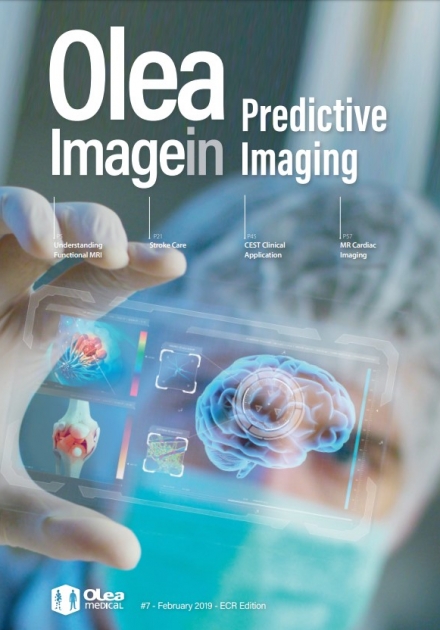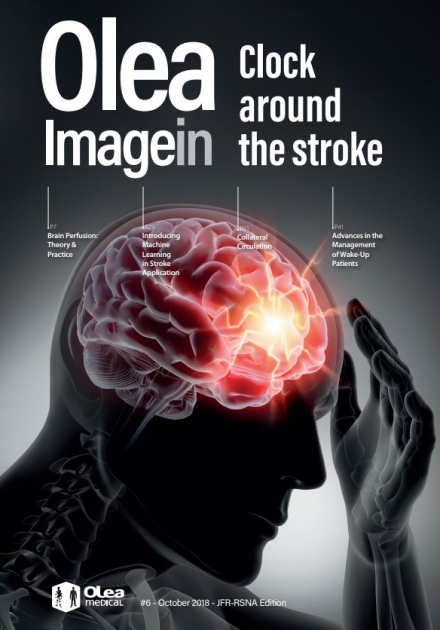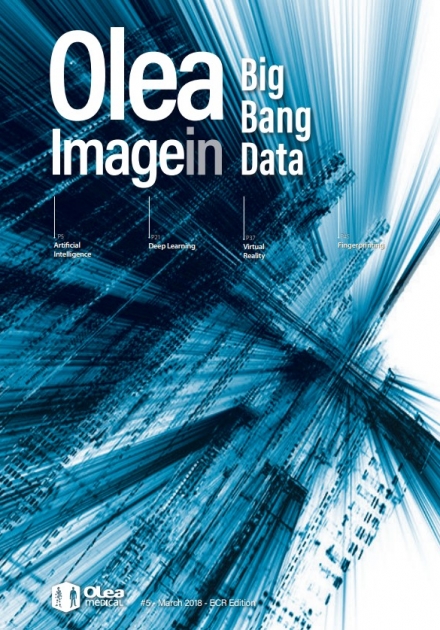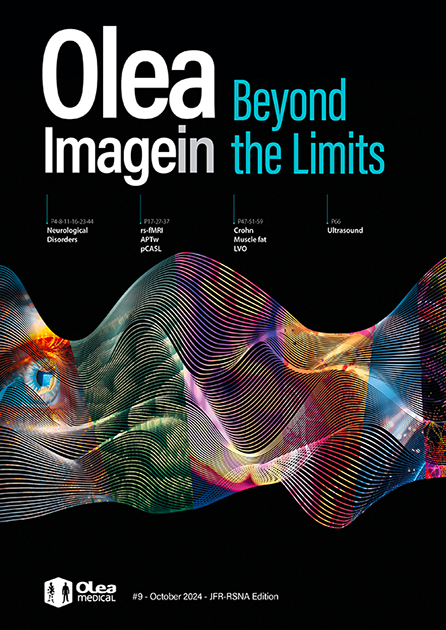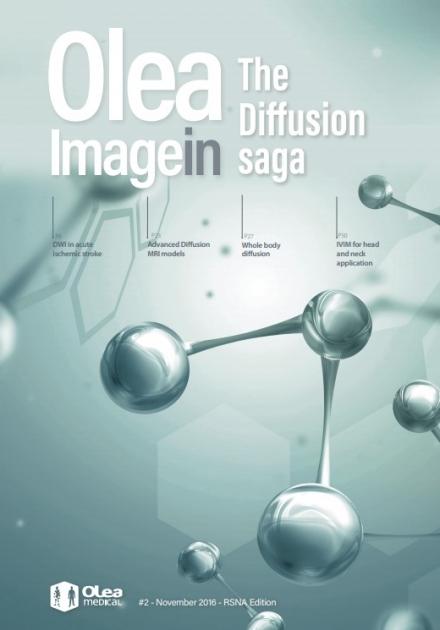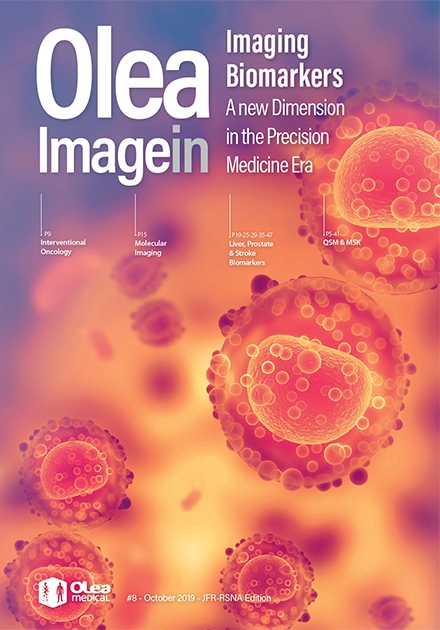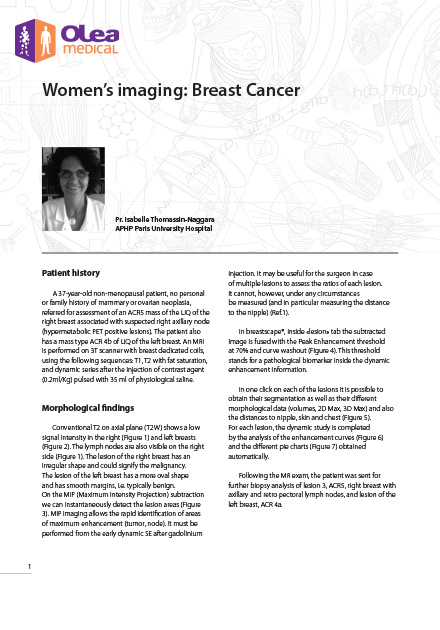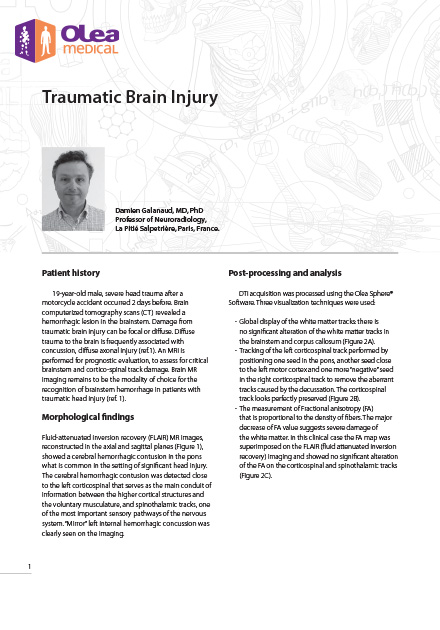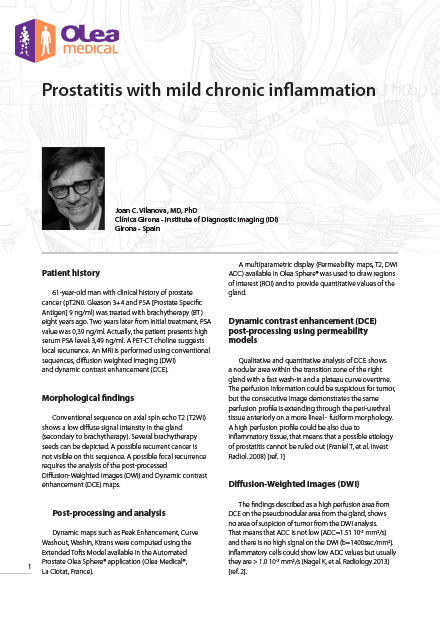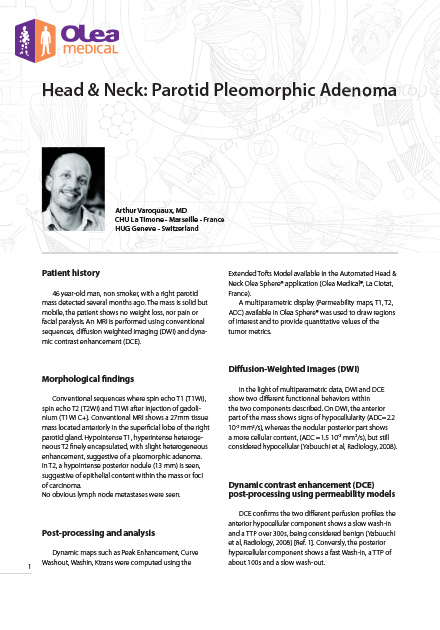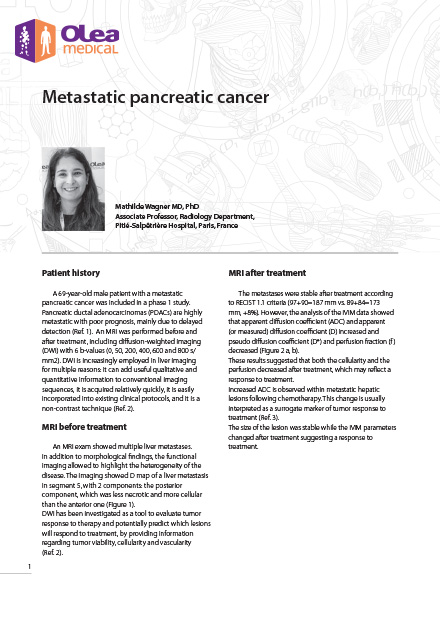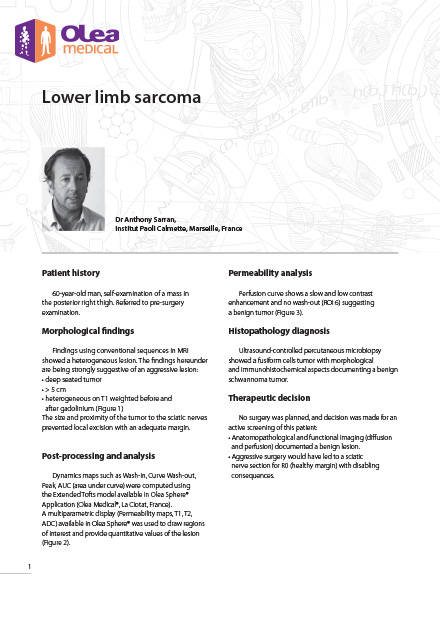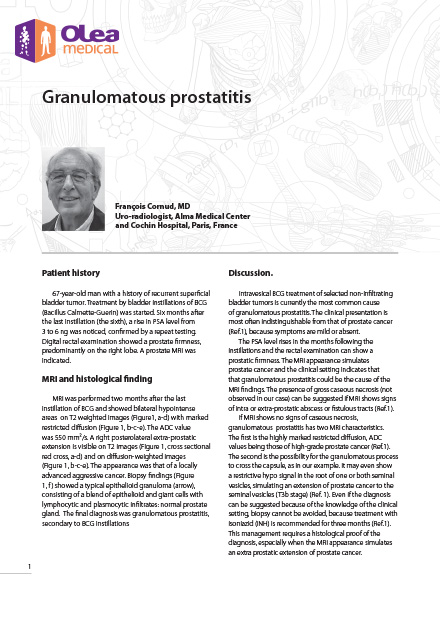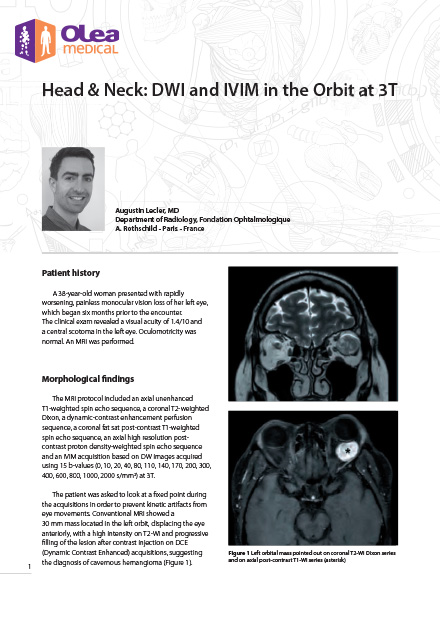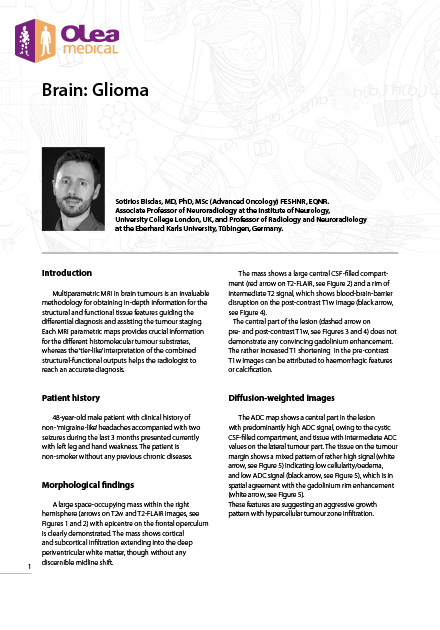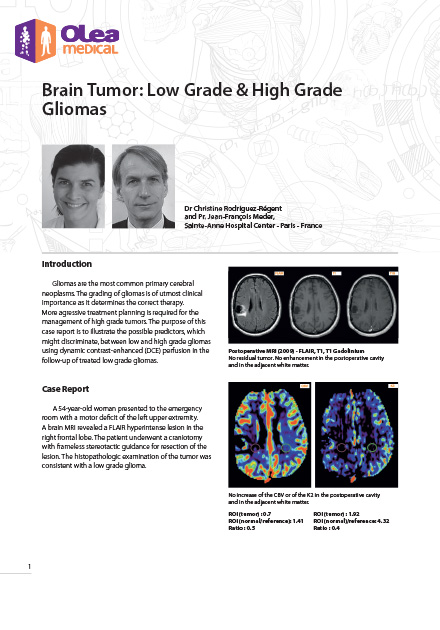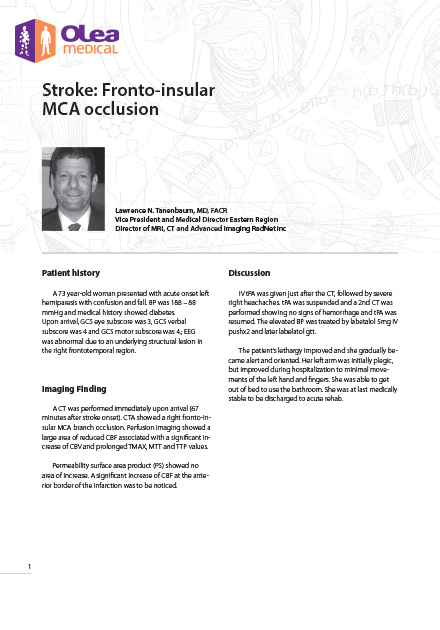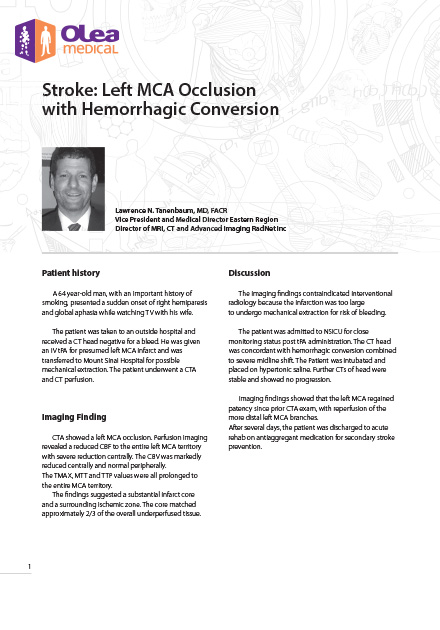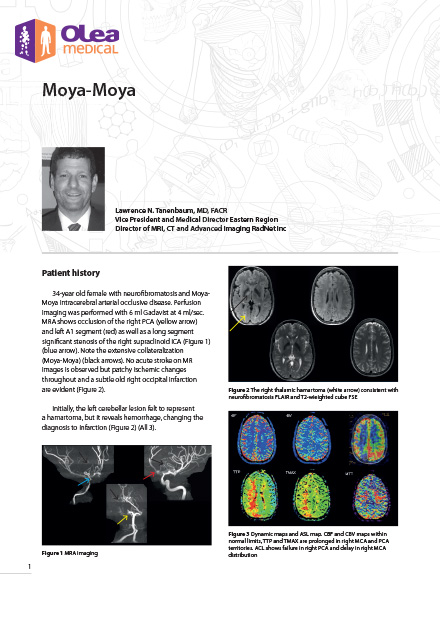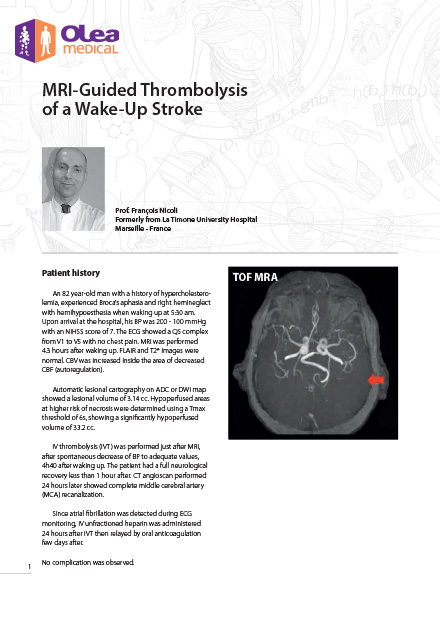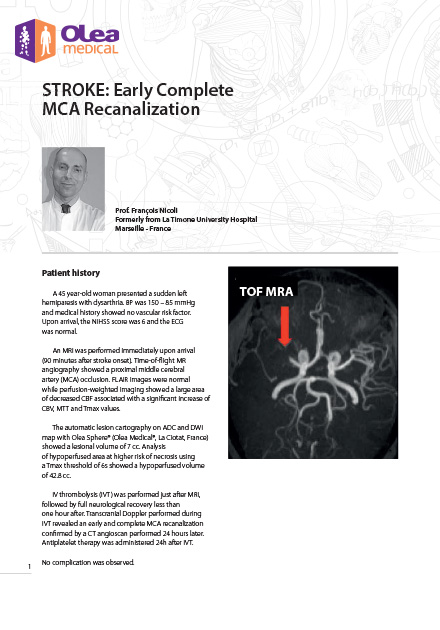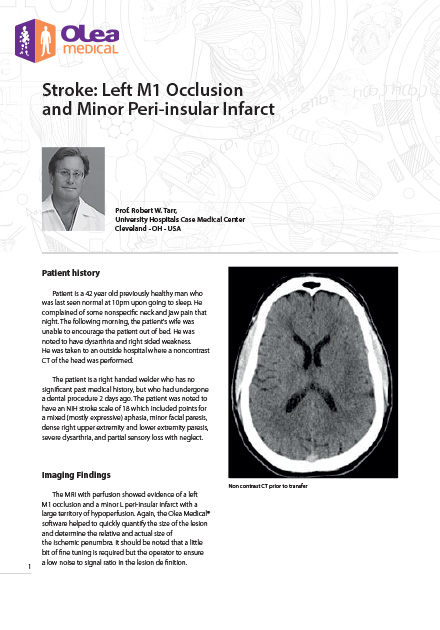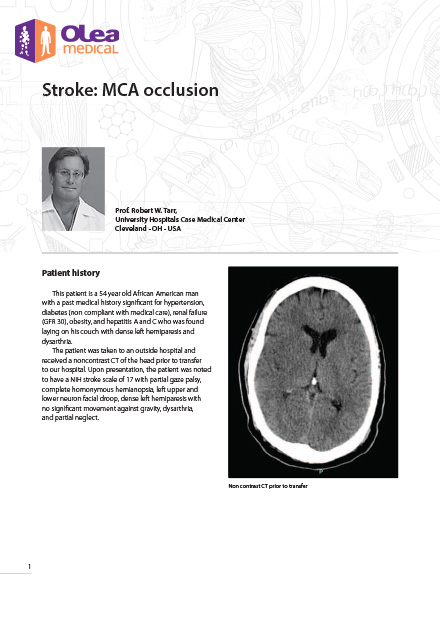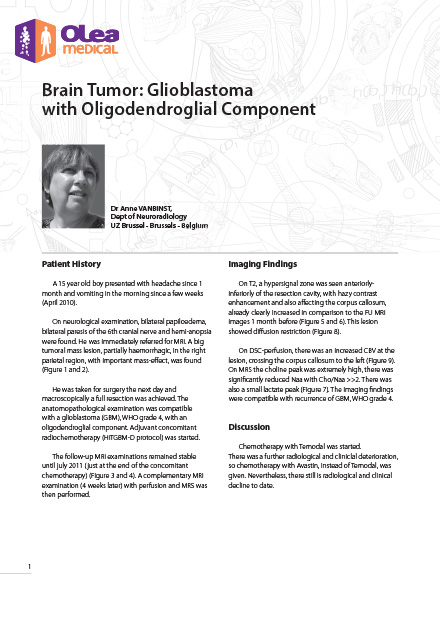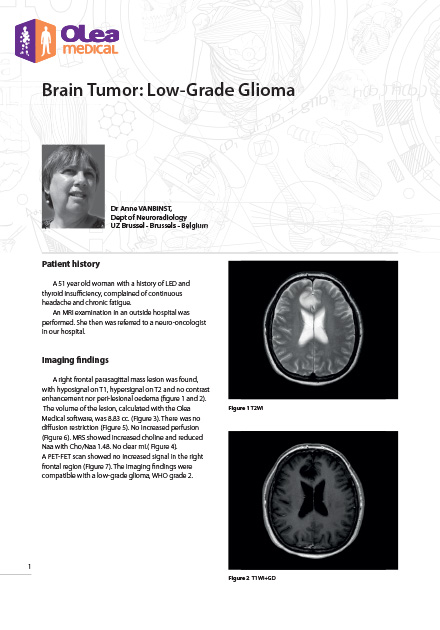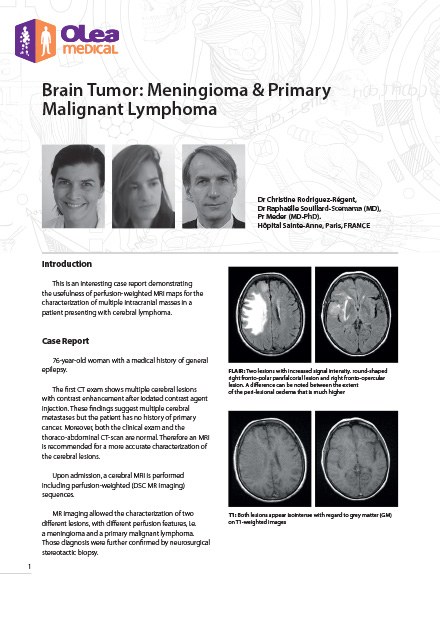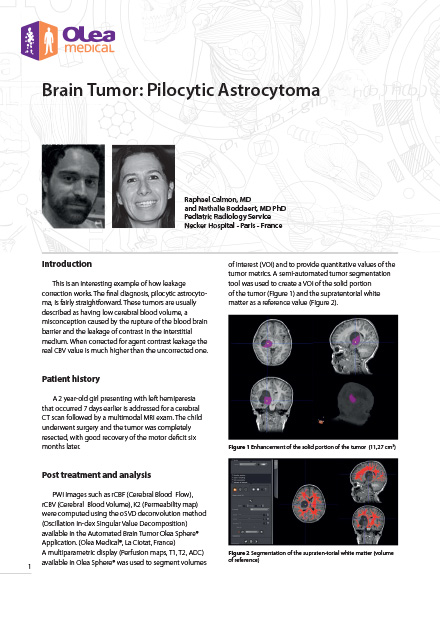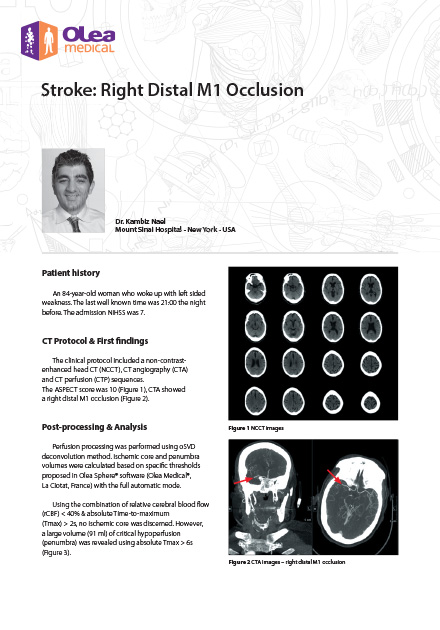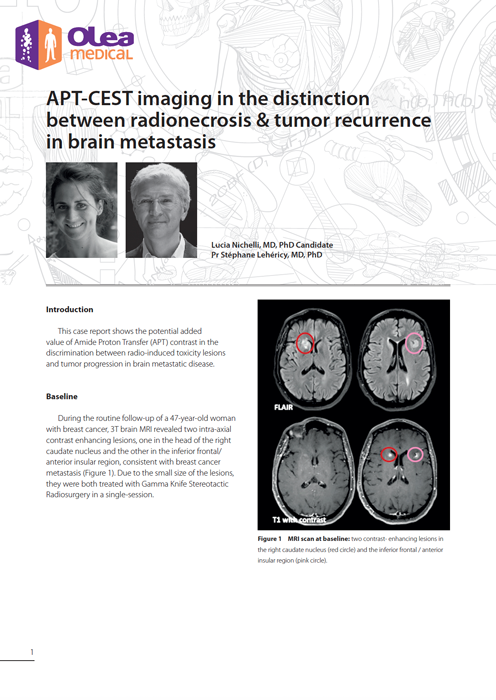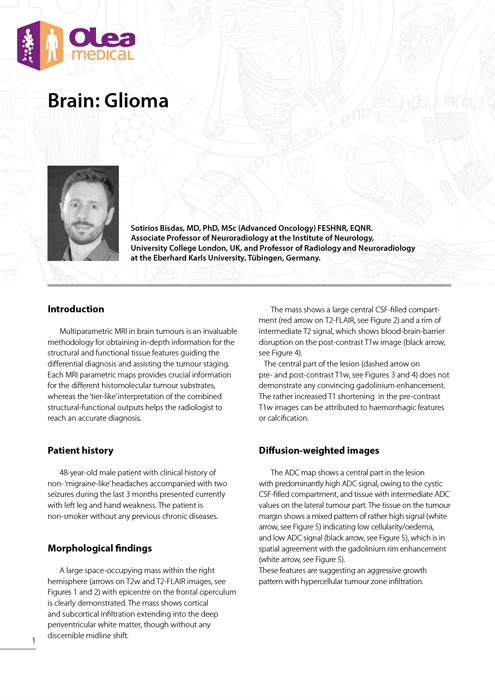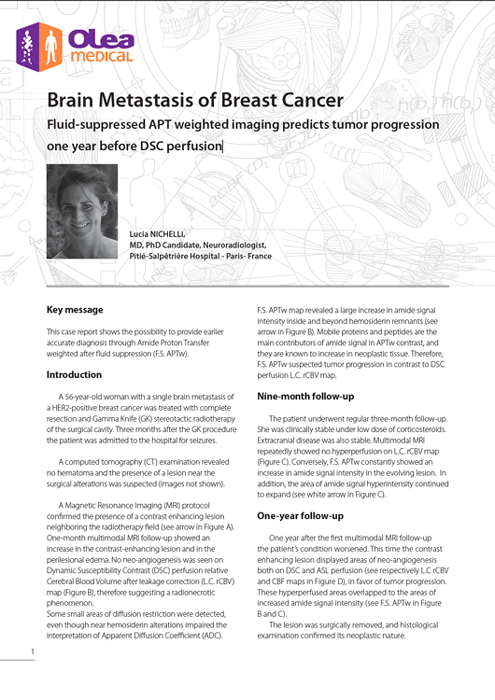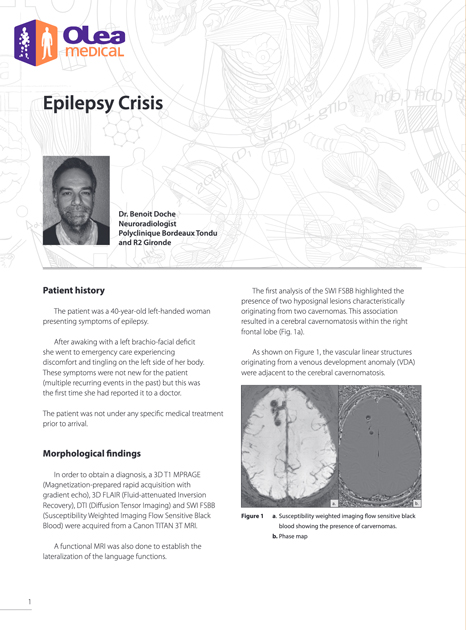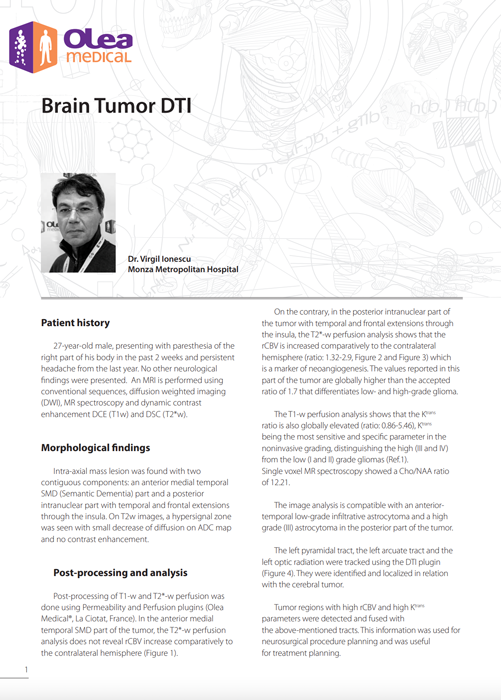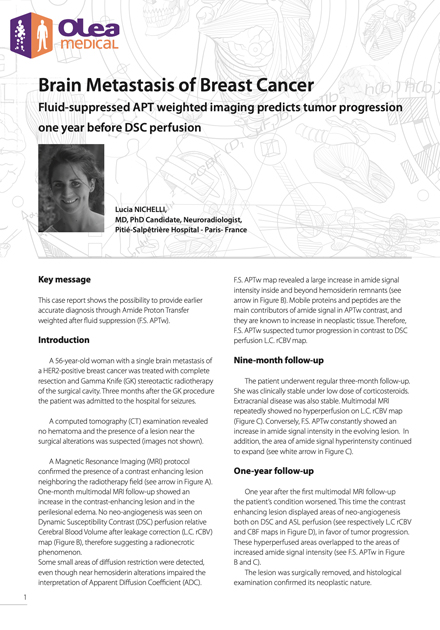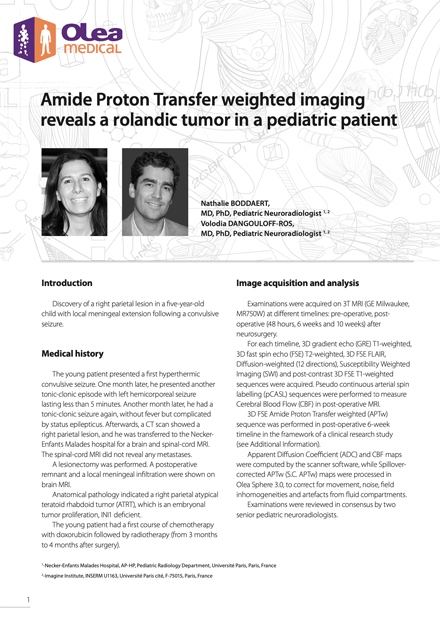
Cookie information
Cookies are small files installed on your computer or smartphone. They allow us to store information about your navigation on our site.

Cookie information
Olea Medical uses three types of cookies:
- Session or preference cookies, which are essential for navigation and the good functioning of the site
- Audience measurement cookies and other tracers used to establish site audience statistics
These cookies are configured according to the criteria for exemption from consent as defined by the CNIL
| Cookie | Type | Description | |
|---|---|---|---|
| ckOConsentList | Service supply | Stores consent for each "tracker" type cookie. | |
| oleaAuthForDownload | Service supply | Stores authentication related to case report downloads | |
| wordpress_* | User authentication | Customer area only. This cookie will not be set if you do not log in to your account. | |
| wordpress_logged_in_* | User authentication | Customer area only. This cookie will not be set if you do not log in to your account. | |
| wordpress_sec_* | User authentication | Customer area only. This cookie will not be set if you do not log in to your account. | |
| wp-settings-* | User authentication | Customer area only. This cookie will not be set if you do not log in to your account. | |
| wp-settings-time-* | User authentication | Customer area only. This cookie will not be set if you do not log in to your account. | |
| wp-postpass_* | User authentication | Customer area only. This cookie will not be set if you do not log in to your account. | |
| wp-wpml_current_language | Service supply | Stores the current language | |
| _ga | Tracking | Google analytics | |
| _gid | Tracking | Google analytics | |
| _gat_gtag_ | Tracking | Google analytics |

